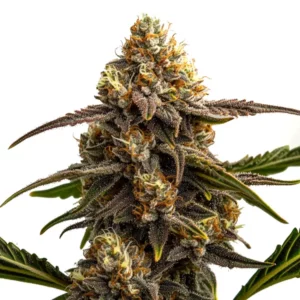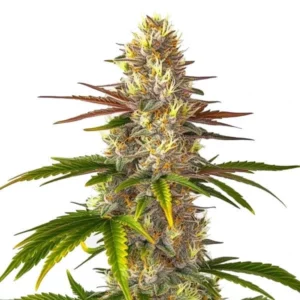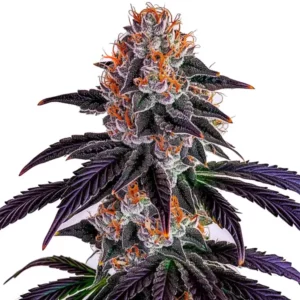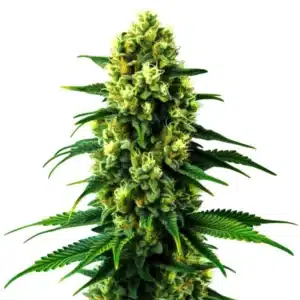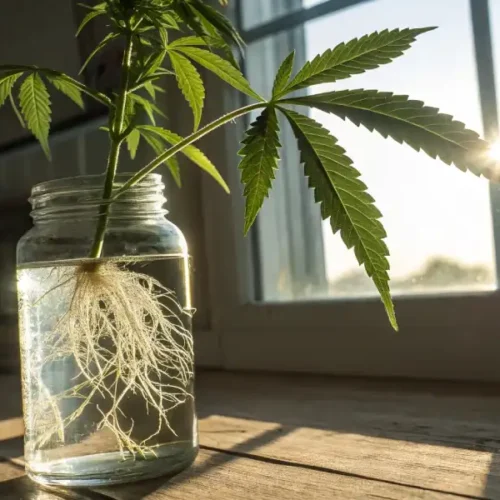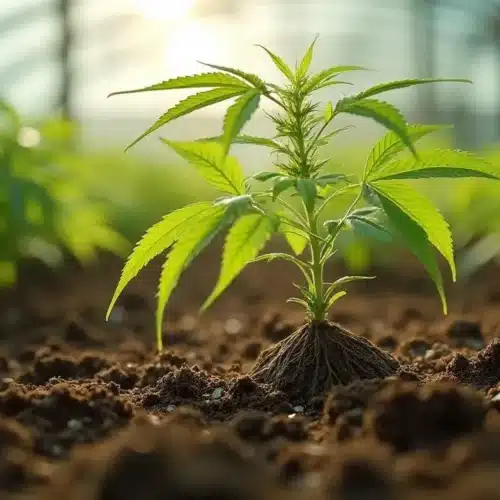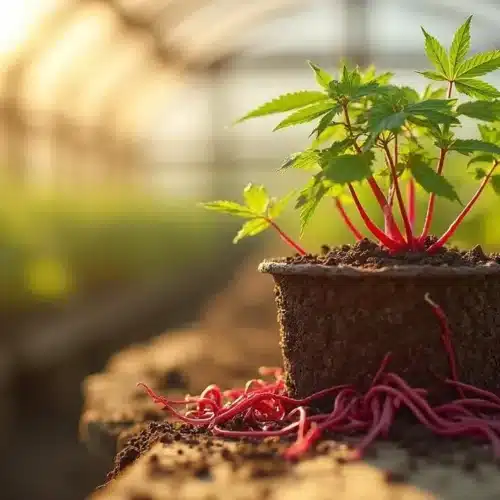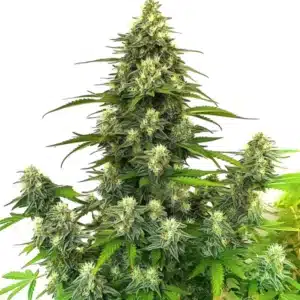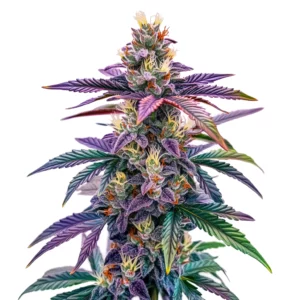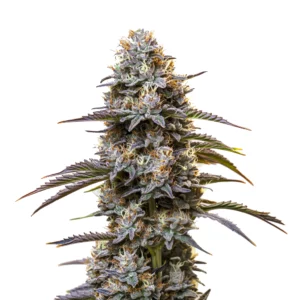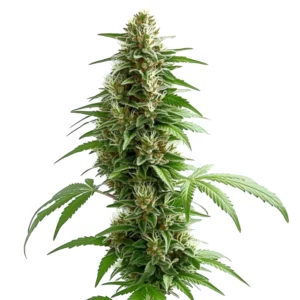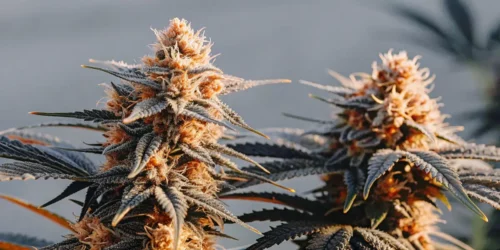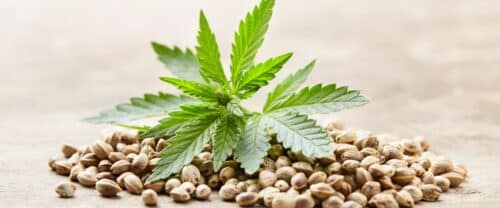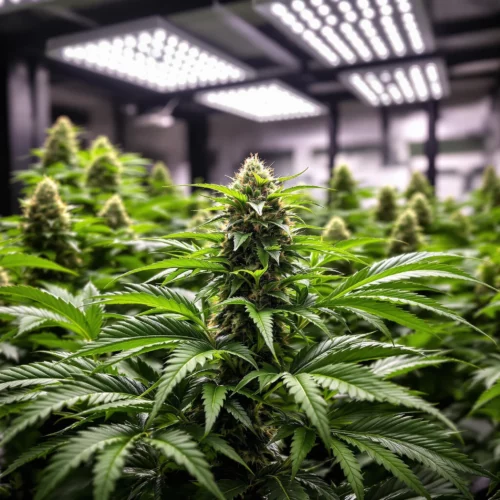How to Prune Autoflowers for Maximum Yield
Understanding the Growth Cycle of Autoflowers
Autoflowers differ significantly from photoperiod cannabis plants, primarily in their growth cycle. Unlike photoperiod plants, which rely on light schedules to transition between stages, autoflowers follow a predetermined timeline. This faster cycle means timing is everything when learning how to prune autoflowers.
Pruning efforts should focus on early vegetative stages, as autoflowers move quickly to flowering. Starting too late can stress the plant and affect yields. By understanding these nuances, growers can enhance their techniques and achieve optimal results.
Benefits of Pruning Autoflowers
Pruning autoflowers comes with several benefits that directly impact yield and quality. Removing excess foliage allows light to penetrate lower bud sites, ensuring even development. Enhanced airflow around the plant also reduces the risk of mold and pests, leading to healthier plants.
Pruning helps redirect the plant’s energy to its primary colas. This strategic approach results in larger, denser buds, maximizing yield without overburdening the plant. These benefits highlight why mastering how to prune autoflowers is a game-changer for growers.
Tools and Equipment for Pruning
Using the right tools makes pruning autoflowers efficient and safe. Sharp, precision scissors are essential for clean cuts that minimize stress. Additionally, cleaning and sterilizing tools before and after use prevents infections and promotes plant health.
For autoflowers, which have smaller and more delicate structures, choosing lightweight, ergonomic tools ensures better control. Investing in quality equipment makes the process smoother and more effective, ensuring you’re prepared for every pruning session.

Promos & Deals
Step-by-Step Guide to Pruning Autoflowers
When to Start Pruning Your Autoflowers
The timing of pruning is critical for autoflowers due to their fast growth cycle. Start pruning during the early vegetative stage, around week two or three, when the plant is still developing. This timing ensures that the plant has enough time to recover before transitioning into flowering.
Avoid pruning during the flowering stage, as it can stress the plant and reduce yields. Signs that your autoflower is ready for pruning include sturdy stems, well-developed leaves, and visible secondary growth. Observing these signs ensures you prune effectively without hindering growth.
How to Prune Autoflowers Properly
Pruning autoflowers requires a delicate approach to minimize plant stress. Begin by removing large fan leaves that block light from reaching lower bud sites. This improves light penetration and encourages uniform growth.
Next, trim lower growth that won’t receive sufficient light. This step redirects the plant’s energy to developing primary colas. Always make clean cuts with sterilized tools to prevent infections and ensure a healthy recovery for your plant.
Advanced Pruning Techniques for Autoflowers
For growers looking to enhance their pruning strategies, advanced techniques like defoliation and lollipopping can be effective. Defoliation involves removing excess leaves to improve airflow and light exposure, particularly in dense canopies.
Lollipopping focuses growth on the top buds by removing lower branches and foliage. Pairing these techniques with low-stress training (LST) ensures a well-structured plant, maximizing yield and quality while minimizing plant stress.
Common Pruning Mistakes and How to Avoid Them
Over-Pruning and Its Effects
Over-pruning is a common mistake that can lead to stress and stunted growth in autoflowers. Unlike photoperiod plants, autoflowers have a limited timeframe to recover from heavy pruning. Removing too many leaves or branches at once can drastically reduce the plant’s energy reserves.
To avoid over-pruning, focus on removing only the leaves and branches that obstruct light or airflow. Prune in small increments over time rather than making drastic cuts. This gradual approach helps your plant recover efficiently and ensures better yields.
Pruning at the Wrong Time
Timing is everything when pruning autoflowers. Pruning too early can stunt growth, while pruning too late can disrupt the flowering process. Both scenarios can lead to reduced bud development and overall plant health issues.
The best time to prune is during the early vegetative stage when the plant is actively growing. Avoid pruning during the flowering stage to prevent unnecessary stress. By paying close attention to your plant’s growth cycle, you can ensure optimal pruning results.
Using Improper Tools
Using dull or unsterilized tools can damage your plants and increase the risk of infections. Jagged cuts from dull tools make it harder for the plant to heal, while unclean tools can introduce harmful pathogens.
Invest in high-quality pruning scissors or shears designed for precision cuts. Sterilize your tools before and after each use with rubbing alcohol or a disinfectant solution. This practice promotes clean cuts and prevents infections, ensuring healthy plant growth.
Post-Pruning Care for Autoflowers
Supporting Plant Recovery After Pruning
After pruning, your autoflowers need time and care to recover. Start by providing a nutrient-rich feed that includes nitrogen, phosphorus, and potassium. These nutrients help the plant heal and support new growth, demonstrating a vital aspect of how to prune autoflowers successfully.
Monitor your plants for signs of stress, such as wilting or discoloration. Adjust your watering schedule to ensure the soil remains moist but not waterlogged. Maintaining stable environmental conditions during recovery is key to promoting healthy regrowth while refining how to prune autoflowers.
Encouraging Healthy Growth
Post-pruning, maintaining an optimal environment ensures your autoflowers thrive. Keep the grow room temperature between 68-77°F with humidity levels around 50-60%. Proper airflow reduces the risk of mold and supports robust growth, emphasizing the importance of understanding how to prune autoflowers effectively.
Light training can also be beneficial after pruning. Gently adjust branches to maximize light exposure to the remaining buds. This practice enhances energy distribution and encourages the development of dense, high-quality flowers, a crucial step in mastering how to prune autoflowers.
When to Stop Pruning Autoflowers
Knowing when to stop pruning is just as important as starting. Avoid pruning once your autoflowers have fully transitioned to the flowering stage. At this point, the plant focuses all its energy on bud production, and additional pruning can hinder its progress, a critical consideration in how to prune autoflowers properly.
Prepare for the final stages of growth by maintaining a consistent care routine. Support the plant’s flowering process with bloom-specific nutrients and steady light exposure. Ensuring healthy bud development after pruning completes the cycle and maximizes your yield, showcasing the full process of how to prune autoflowers.
Post-Pruning Care for Autoflowers
Supporting Plant Recovery After Pruning
After pruning, your autoflowers need time and care to recover. Start by providing a nutrient-rich feed that includes nitrogen, phosphorus, and potassium. These nutrients help the plant heal and support new growth, demonstrating a vital aspect of how to prune autoflowers successfully.
Monitor your plants for signs of stress, such as wilting or discoloration. Adjust your watering schedule to ensure the soil remains moist but not waterlogged. Maintaining stable environmental conditions during recovery is key to promoting healthy regrowth while refining how to prune autoflowers.
Encouraging Healthy Growth
Post-pruning, maintaining an optimal environment ensures your autoflowers thrive. Keep the grow room temperature between 68-77°F with humidity levels around 50-60%. Proper airflow reduces the risk of mold and supports robust growth, emphasizing the importance of understanding how to prune autoflowers effectively.
Light training can also be beneficial after pruning. Gently adjust branches to maximize light exposure to the remaining buds. This practice enhances energy distribution and encourages the development of dense, high-quality flowers, a crucial step in mastering how to prune autoflowers.
When to Stop Pruning Autoflowers
Knowing when to stop pruning is just as important as starting. Avoid pruning once your autoflowers have fully transitioned to the flowering stage. At this point, the plant focuses all its energy on bud production, and additional pruning can hinder its progress, a critical consideration in how to prune autoflowers properly.
Prepare for the final stages of growth by maintaining a consistent care routine. Support the plant’s flowering process with bloom-specific nutrients and steady light exposure. Ensuring healthy bud development after pruning completes the cycle and maximizes your yield, showcasing the full process of how to prune autoflowers.
Advanced Techniques for Pruning Autoflowers
Defoliation for Better Growth
Defoliation involves selectively removing leaves to improve light penetration and airflow. This technique is especially useful for dense autoflower canopies where lower buds struggle to receive adequate light. Knowing how to prune autoflowers using defoliation can significantly boost overall plant health.
When performing defoliation, focus on removing large fan leaves that block light from reaching the lower branches. Ensure you do this gradually to avoid shocking the plant. The key is to balance removal while maintaining enough foliage for photosynthesis.
Lollipopping to Concentrate Energy
Lollipopping is a pruning method where lower branches and buds are removed to direct energy toward the top of the plant. This technique helps create larger, denser colas and simplifies maintenance, a critical aspect of how to prune autoflowers effectively.
Start lollipopping during the early vegetative stage and continue up until the flowering transition. By clearing the lower third of the plant, you improve airflow and reduce the risk of pests while enhancing overall bud quality.
Low-Stress Training as a Complement
Low-stress training (LST) involves gently bending and tying branches to create an even canopy. While not technically pruning, it pairs well with pruning methods to optimize light exposure and energy distribution. LST is a gentler approach to maximizing yields while preserving plant health, making it an essential addition to understanding how to prune autoflowers.
Use soft plant ties to secure branches in place without damaging them. Combine LST with defoliation or lollipopping to achieve an ideal balance between growth and energy allocation.
Highlighted Strains for Autoflower Pruning Success
True OG: A Perfect Choice for Beginners
True OG is a strain known for its resilience and robust growth, making it an excellent choice for pruning experiments. Its dense foliage benefits from defoliation and light pruning techniques, allowing lower buds to thrive. Growers seeking to learn how to prune autoflowers effectively will find True OG forgiving and rewarding.
True OG’s earthy and citrus aroma, combined with its balanced effects, makes it a favorite for both recreational and medicinal use. Proper pruning enhances its yield potential, ensuring a productive harvest.
Cake Batter: Dense Buds That Need Airflow
Cake Batter produces thick, resinous buds that benefit significantly from pruning. Removing excess foliage ensures proper airflow, reducing the risk of mold and pests. Techniques like lollipopping can help concentrate the plant’s energy on its signature dense flowers.
With sweet and creamy flavors, Cake Batter is a premium strain that thrives under careful pruning practices. Learning how to prune autoflowers like Cake Batter optimizes both yield and quality, making it a standout choice.
Bubba Kush Auto: Compact and Potent
Bubba Kush Auto is a compact autoflower with high potency and soothing effects. Its bushy structure requires strategic pruning to ensure light reaches all bud sites. Defoliation and low-stress training work well to maximize its output without overwhelming the plant.
This strain’s rich coffee and chocolate notes, paired with its relaxing properties, make it a grower’s favorite. Knowing how to prune autoflowers like Bubba Kush Auto ensures a top-quality harvest every time.
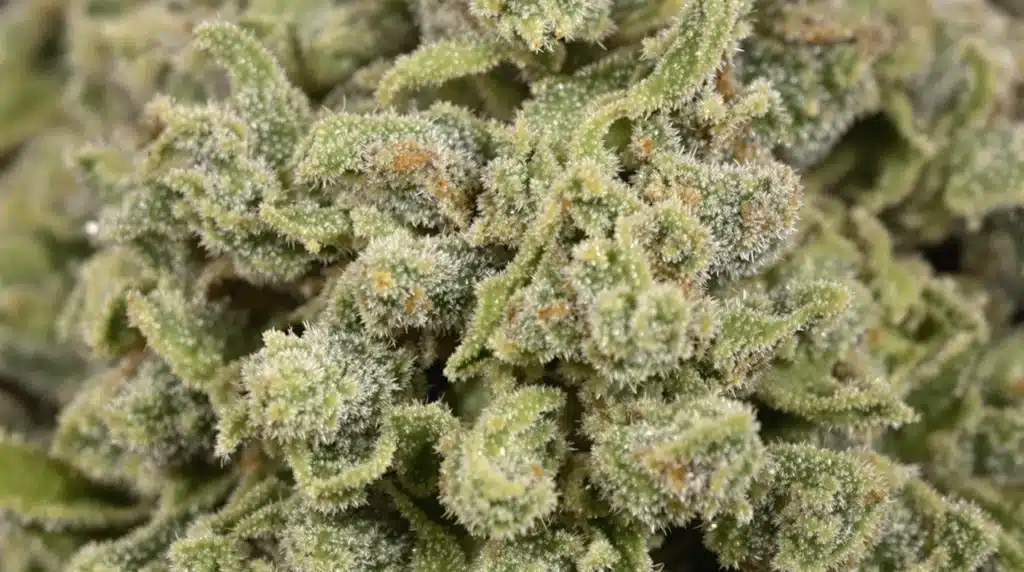
FAQs About Pruning Autoflowers
Can I Prune Autoflowers During Flowering?
It’s not recommended to prune autoflowers during flowering as it can stress the plant and reduce yields. Focus pruning efforts during the vegetative stage to allow the plant sufficient recovery time.
How Much Can I Prune From an Autoflower?
Remove no more than 20-30% of the plant’s foliage at a time. This ensures the plant retains enough leaves for photosynthesis while benefiting from improved light and airflow.
Is Pruning Necessary for All Autoflowers?
While not always necessary, pruning is beneficial for dense strains with significant foliage. It helps improve bud development and overall plant health, especially for strains like Cake Batter and Bubba Kush Auto.
What Tools Should I Use for Pruning?
Use sharp, sterilized scissors or pruning shears to make clean cuts and reduce the risk of infection. Proper tools ensure precision and promote healthy recovery for your plants.

